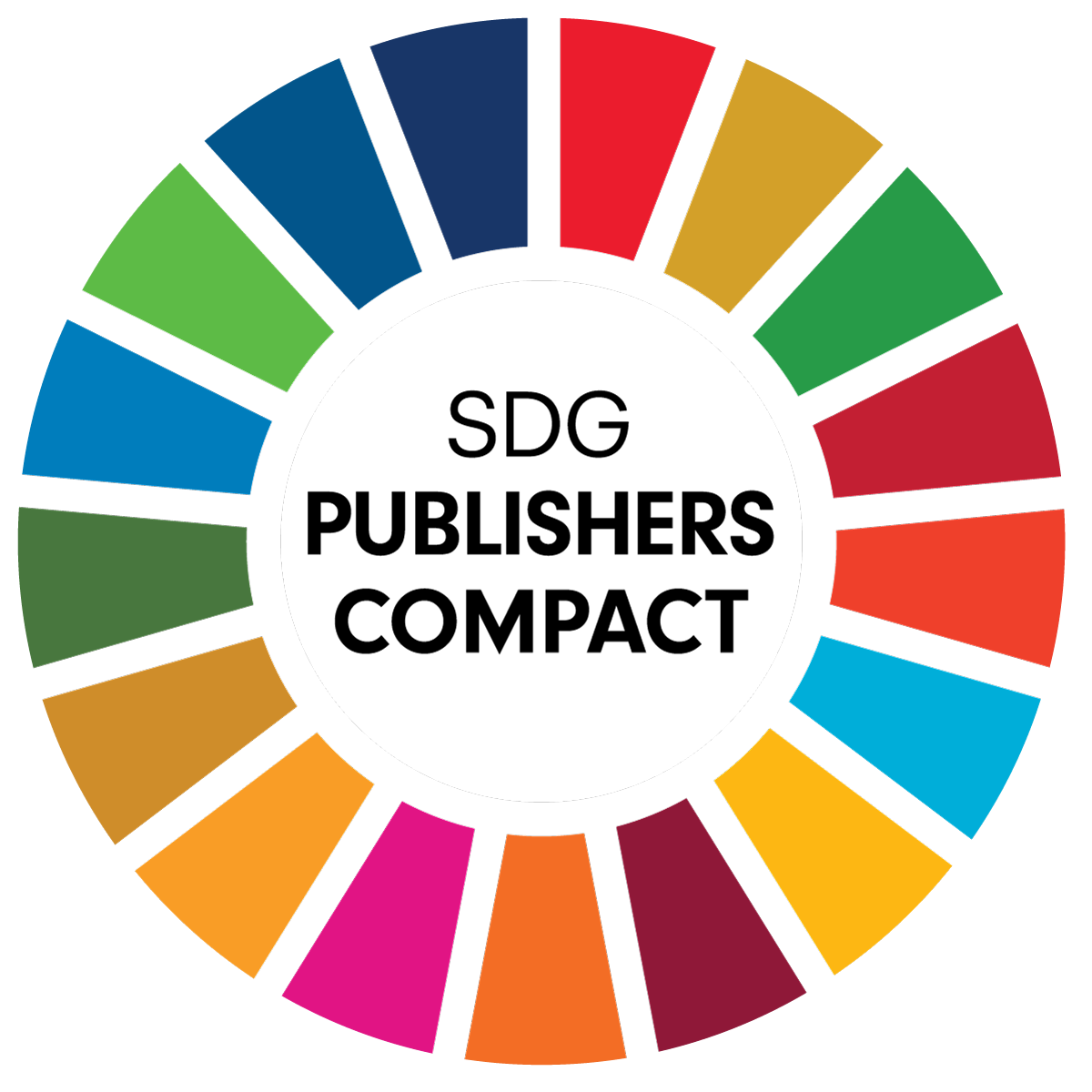The Impact of Corruption on Military Spending in the Asia-Pacific Region
This study examines the relationship between corruption and military spending in the Asia-Pacific region. Using key governance indicators from the World Bank - specifically control of corruption, political stability, and rule of law - it assesses governance quality across nations. Employing econometric techniques, the research explores whether countries with stronger governance tend to spend more or less on their military. Additionally, it analyses how corruption, as a critical governance factor, influences defence expenditures in the region. The findings of this research contribute to a deeper understanding of the factors influencing military spending decisions in the Asia-Pacific context, seeking to understand the economic and political dynamics shaping defence expenditure patterns in the region. This study contributes to the broader discourse on the intersection of governance quality, corruption, and national security.
Copyright© 2025 The Author(s). This article is distributed under the terms of the license CC-BY 4.0., which permits any further distribution in any medium, provided the original work is properly cited.
Patalinghug, J. C. (2025). The impact of corruption on military spending in the Asia-Pacific region. Journal of Applied Economic Sciences, Volume XX, Summer, 2(88), 232 – 243. https://doi.org/10.57017/jaes.v20.2(88).05
Aizenman, J., & Glick, R. (2006). Military expenditure, threats, and growth. Journal of International Trade & Economic Development, 15(2), 129-155. https://doi.org/10.1080/09638190600689095
Akçay, S. (2006). Corruption and human development. The Cato Journal, 26(1), 29-48. https://www.cato.org/sites/cato.org/files/serials/files/cato-journal/2006/1/cj26n1-2.pdf
Arif, I., Khan, L., & Raza, S. A. (2019). Effects of corruption on military expenditures: Empirical evidence from different income level countries. Journal of Financial Crime, 26(3), 774-785. https://doi.org/10.1108/JFC-09-2018-0092
Asongu, S. A., & Ndour, C. T. (2023). Military expenditure, governance, and environmental degradation in Sub-Saharan Africa. Environmental Processes, 10(4), 51. https://doi.org/10.1007/s40710-023-00662-7
Bardhan, P. (1997). Corruption and development: A review of issues. Journal of Economic Literature, 35, 1320–1346. https://etico.iiep.unesco.org/en/corruption-and-development-review-issues
Bazie, P., Thiombiano, N., & Maiga, E. W. (2024). Fighting corruption in developing countries to meet the challenge of human capital development: Evidence from Sub-Saharan African countries. Journal of the Knowledge Economy, 15(2), 6780-6801. https://doi.org/10.1007/s13132-023-01330-9
d’Agostino, G., Dunne, J. P., & Pieroni, L. (2016). Government spending, corruption and economic growth. World Development, 84, 190-205. https://doi.org/10.1016/j.worlddev.2016.03.011
d’Agostino, G., Dunne, J. P., & Pieroni, L. (2012). Corruption, military spending and growth. Defence and Peace Economics, 23(6), 591-604. https://doi.org/10.1080/10242694.2012.663579
Dramane, A. (2021). Effect of the size of government spending on corruption in Sub-Saharan African countries. Economics Bulletin, 41(1), 167-181. https://www.accessecon.com/Pubs/EB/2021/Volume0/EB-21-V41-I1-P16.pdf
Davoodi, H., Clements, B., Schiff, J., & Debaere, P. (2001). Military spending, the peace dividend, and fiscal adjustment. IMF Staff Papers, 48(2), 290-316. https://doi.org/10.2307/4621671
Delavallade, C. (2006). Corruption and distribution of public spending in developing countries. Journal of Economics and Finance 30, 222-239. https://doi.org/10.1007/BF02761488
Dreher, A., Kotsogiannis, C., & McCorriston, S. (2007). Corruption around the world: Evidence from a structural model. Journal of Comparative Economics, 35(3), 443–466. https://doi.org/10.1016/j.jce.2007.07.001
Dudzevičiūtė, G., Česnuitytė, V., & Prakapienė, D. (2021). Defence expenditure - government debt nexus in the context of sustainability in selected small European Union countries. Sustainability, 13(12), 6669. https://doi.org/10.3390/su13126669
Dunne, J. P., Smith, R., & Willenbockel, D. (2005). Models of military expenditure and growth: A critical review. Defence and Peace Economics, 16(6), 449 - 461. https://doi.org/10.1080/10242690500167791
Goel, R. K., & Saunoris, J. W. (2016). Military build-ups, economic development and corruption. The Manchester School, 84(6), 697-722. https://doi.org/10.1111/manc.12127
Gupta, S., de Mello, L., & Sharan, R. (2001). Corruption and military spending. European Journal of Political Economy, 17, 749-777. https://doi.org/10.1016/S0176-2680(01)00054-4
Hines, J. R. (1995). Forbidden payment: Foreign bribery and American business after 1977. Working Paper No. 5266. National Bureau of Economic Research. https://doi.org/10.3386/w5266
Karagol, E. (2005). Defence expenditures and external debt in Turkey. Defence and Peace Economics, 16(2), 117-125. https://doi.org/10.1080/10242690500070045
Kengdo, A. A. N. (2023). Military spending, public debt, and economic growth in Cameroon. Sustainable Futures, 6, 100131. https://doi.org/10.1016/j.sftr.2023.100131
Kimenyi, M. S. & Mbaku, J. M. (1996). Rents, military elites, and political democracy. European Journal of Political Economy, 11(4), 699–708. https://doi.org/10.1016/0176-2680(95)00029-1
Klitgaard, R. (1988). Controlling Corruption. University of California Press. ISBN-13: 978-0520074088
Mauro, P. (1995). Corruption and growth. The Quarterly Journal of Economics, 110(3), 681-712. https://doi.org/10.2307/2946696
Nikolaidou, E. (2012). Defence spending, economic growth, corruption and inequality. Defence and Peace Economics, 23(6), 533-535. https://doi.org/10.1080/10242694.2012.663574
Pieroni, L. (2009). Military expenditure and economic growth. Defence and Peace Economics, 20(4), 327-339. https://doi.org/10.1080/10242690701589876
Pieroni, L. & d'Agostino, G. (2008). Military spending, corruption and economic growth. Peace Economics, Peace Science and Public Policy, 14(3), 1-12. https://doi.org/10.2202/1554-8597.1141
Sandler, T. & George, J. (2016). Military expenditure trends for 1960–2014 and what they reveal. Global Policy, 7(2), 174-184. https://doi.org/10.1111/1758-5899.12328
Schleifer, A. & Vishny, R. (1993). Corruption. The Quarterly Journal of Economics, 108(3), 599–617. https://doi.org/10.2307/2118402
Tanzi, V., & Davoodi, H. (1998). Corruption, public investment, and growth. In H. Shibata & T. Ihori (Eds.). The welfare state, public investment, and growth. Springer, Tokyo. https://doi.org/10.1007/978-4-431-67939-4_4
Tran Pham, T. K. (2024). Does corruption moderate the military spending–informal economy nexus? The empirical evidence from Asian countries. International Journal of Social Economics, 51(11), 1468-1482. https://doi.org/10.1108/IJSE-06-2023-0454
World Bank. Governance Matters 2008, World Governance Indicators, 1996-2007. http://info.worldbank.org/governance/wgi/index.asp
World Bank. WDI Online: World Development Indicators. http://ddp-ext.worldbank.org/ext/DDPQQ/member.do?method= getMembers&userid=1&queryId=6




